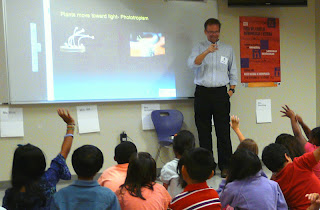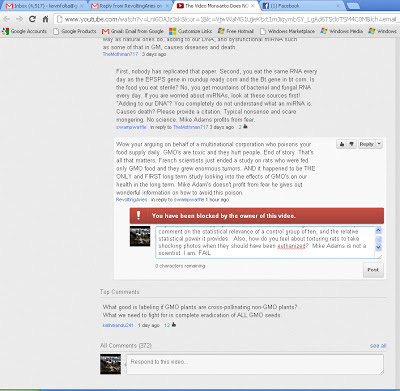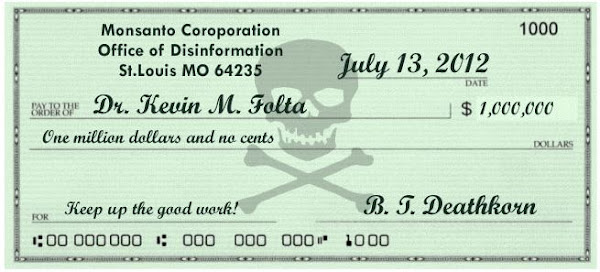Leaving the Limbaughs of the Left: Parting Thoughts on Prop37

Over the last month I've had a lot to think about. I visited several 3rd grade classes to teach kids about plant biology. They all learned what makes plants unique from animals and how plants grow and develop. In each class we did a simple experiment with two test tubes, two seeds, and two pieces of foil. Each tube contained a milliliter of water/agar. The kids would add one seed to each tube. They would wrap one in foil, leave the other uncovered, then scrunch up the other piece of foil as a base. Thirty minutes, a few cents of science surplus, and a huge retreat from book science for the kids. The elegant simplicity of plant development. The happiness that comes when someone that is not their teacher brings them stuff! They went nuts, as always. They loved the test tubes, the seeds, and any science stuff you could give them. They were all excited to participate in science . In third grade science is still cool. Special guest talks at local schools remind me about ho



